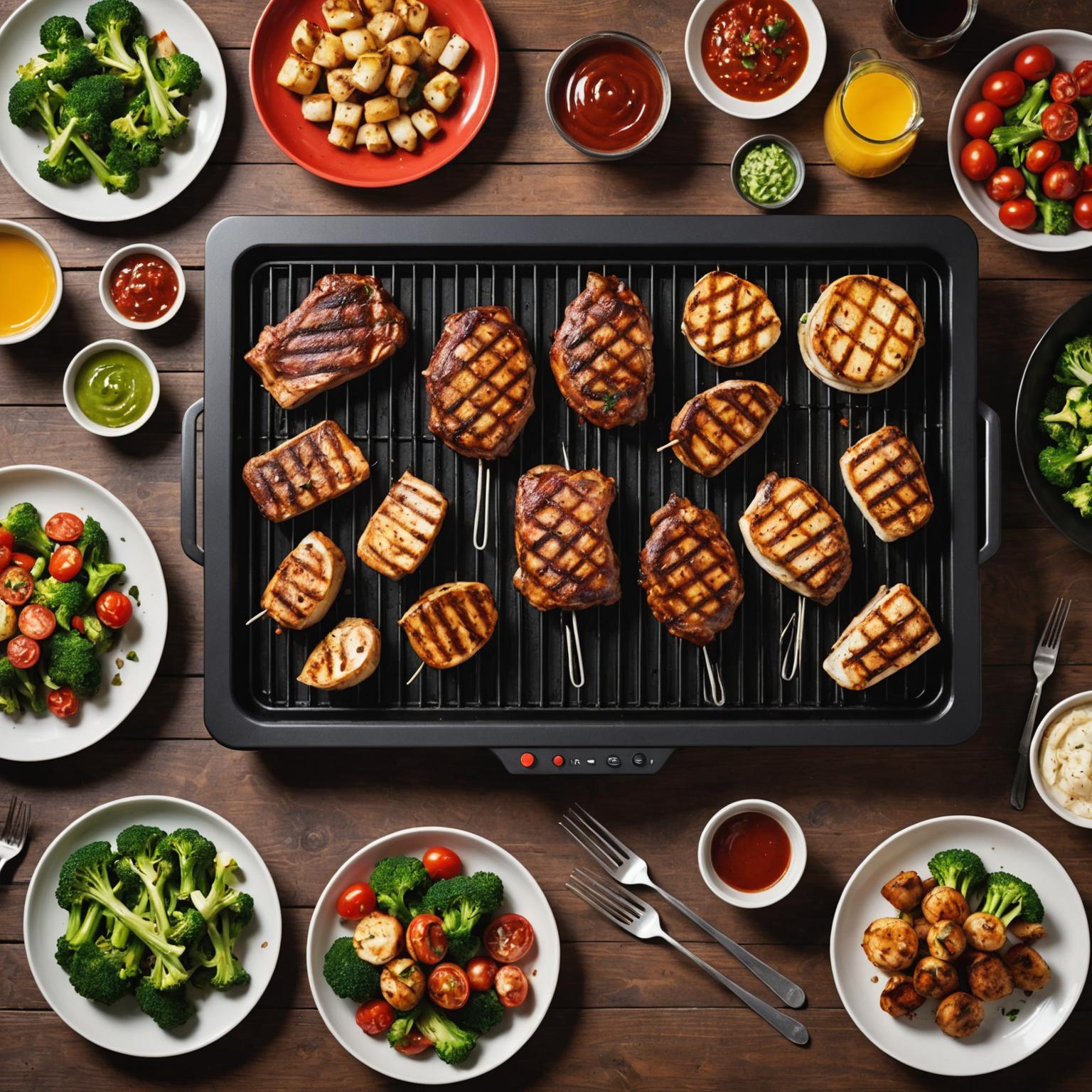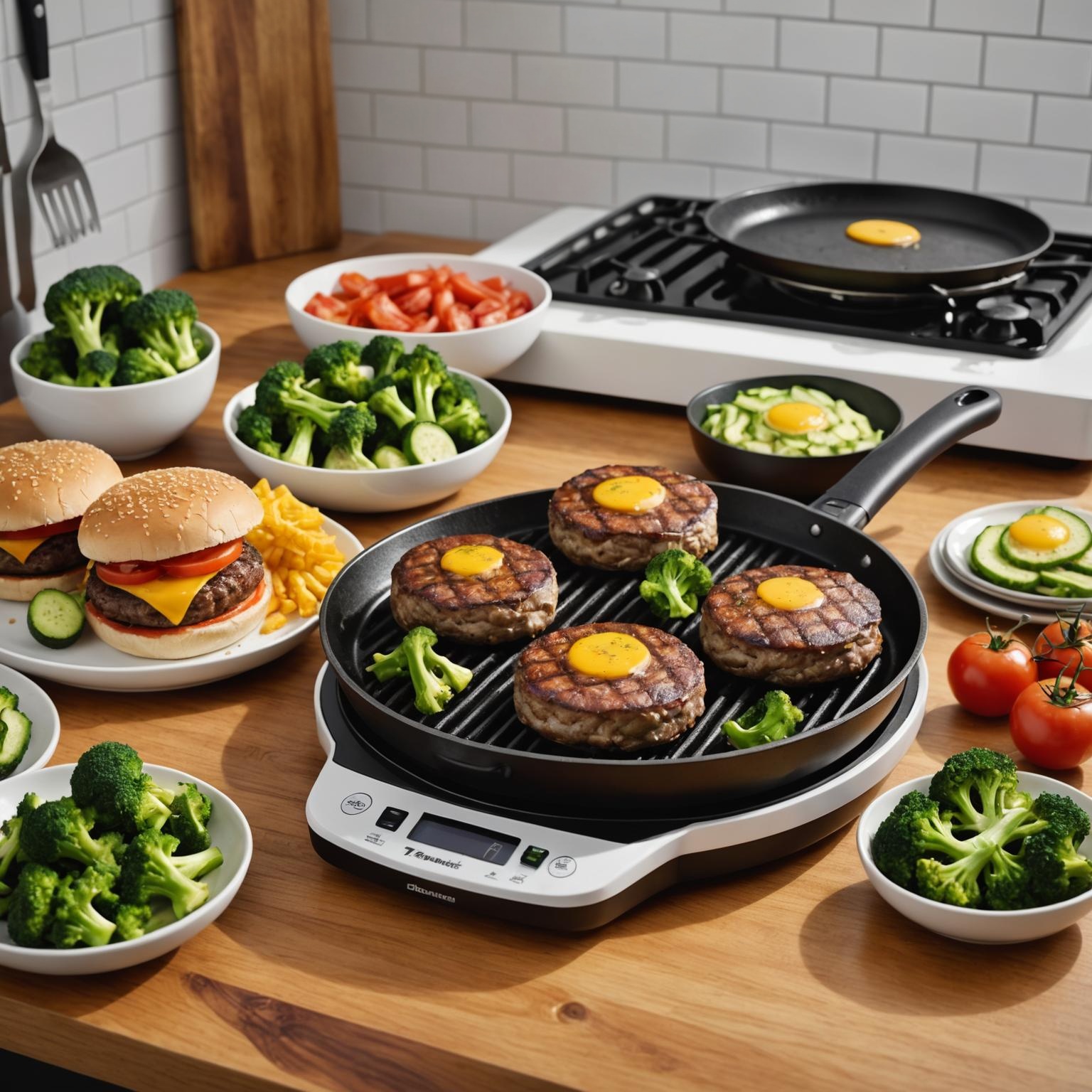
The Heart of Your Appliance: The Heating Element
The secret to a perfectly grilled steak or a beautifully baked cake often lies hidden within your appliance. The core component responsible for generating the consistent, reliable heat you depend on is the Oven/Grill Tubular Heater Element. This crucial part is the workhorse of many kitchen appliances, transforming electrical energy into the thermal energy needed for all your culinary creations. Whether you're a home cook or a professional chef, understanding how this element functions is the first step toward mastering your oven and grill and troubleshooting any issues that may arise.
How a Tubular Heater Works
At its core, the heating element is a sophisticated piece of engineering known as a tubular resistance heater. The principle is simple yet effective: electricity is passed through a special coiled resistance wire, which heats up due to electrical resistance. This coil is housed inside a durable metal sheath, often made of stainless steel or an Incoloy alloy, to protect it from grease, spills, and physical damage. Between the coil and the outer sheath is a layer of compacted magnesium oxide powder, which acts as an excellent electrical insulator while being a great thermal conductor. This construction ensures that the heat is efficiently transferred outwards to cook your food, while the electricity is safely contained within the element. This design makes the heater robust, long-lasting, and safe for use in demanding kitchen environments.
A Guide to Choosing the Right Replacement
When your oven or grill stops heating properly, a faulty element is a common culprit. Choosing the right replacement oven grill heating element is critical to restoring your appliance's performance. First, you must ensure compatibility by checking your appliance's model number. Manufacturers design elements with specific shapes, sizes, and mounting brackets to fit particular models and ensure even heat distribution. Next, verify the voltage and wattage ratings. Using an element with the wrong specifications can lead to poor performance, damage to your appliance, or even a safety hazard. This component is a fundamental type of kitchen appliance heater, and selecting the correct one guarantees your appliance will operate as intended, providing the precise heat needed for perfect results every time.
Installing Your New Heating Element: A Step-by-Step Guide
Replacing a grill tubular heater is a straightforward task that most homeowners can do themselves. First and foremost, ensure your safety by unplugging the appliance from the power source completely. Next, open the oven or grill to locate the old element, which is typically held in place by a few screws or clips. Carefully remove these fasteners and gently pull the element forward to expose the wire connections at the back. Disconnect the wires, making a note of where each one connects. Attach the wires to the corresponding terminals on the new element, slide it back into place, and secure it with the screws. Once installed, plug the appliance back in and turn it on to a low temperature to test that the new element heats up correctly.
The Importance of Precision: Thermostatic Control
A heating element alone cannot maintain a specific cooking temperature. That is the job of its partner, the thermostat. The system relies on thermostatic control for heaters to achieve culinary precision. The thermostat acts as a switch, sensing the temperature inside the oven or grill. When the temperature drops below the set point, it sends power to the heating element, causing it to heat up. Once the desired temperature is reached, the thermostat cuts the power off. This cycle repeats throughout the cooking process, maintaining a consistent average temperature. Without this precise control, food would easily burn or remain undercooked, making the thermostat just as vital as the heater itself.
Durability in Demanding Environments: Food Service Applications
In a commercial setting, the demands placed on cooking equipment are far greater than in a home kitchen. This is where high-quality food service heating elements become essential. These elements are built for durability and continuous, heavy-duty use in professional ovens, broilers, griddles, and food warmers. They are designed to heat up quickly and maintain precise temperatures for extended periods, ensuring consistency across hundreds of meals a day. The reliability of these components is paramount in a fast-paced food service environment where equipment failure can lead to significant downtime and loss of revenue, making robust and efficient heating elements a cornerstone of any professional kitchen.







